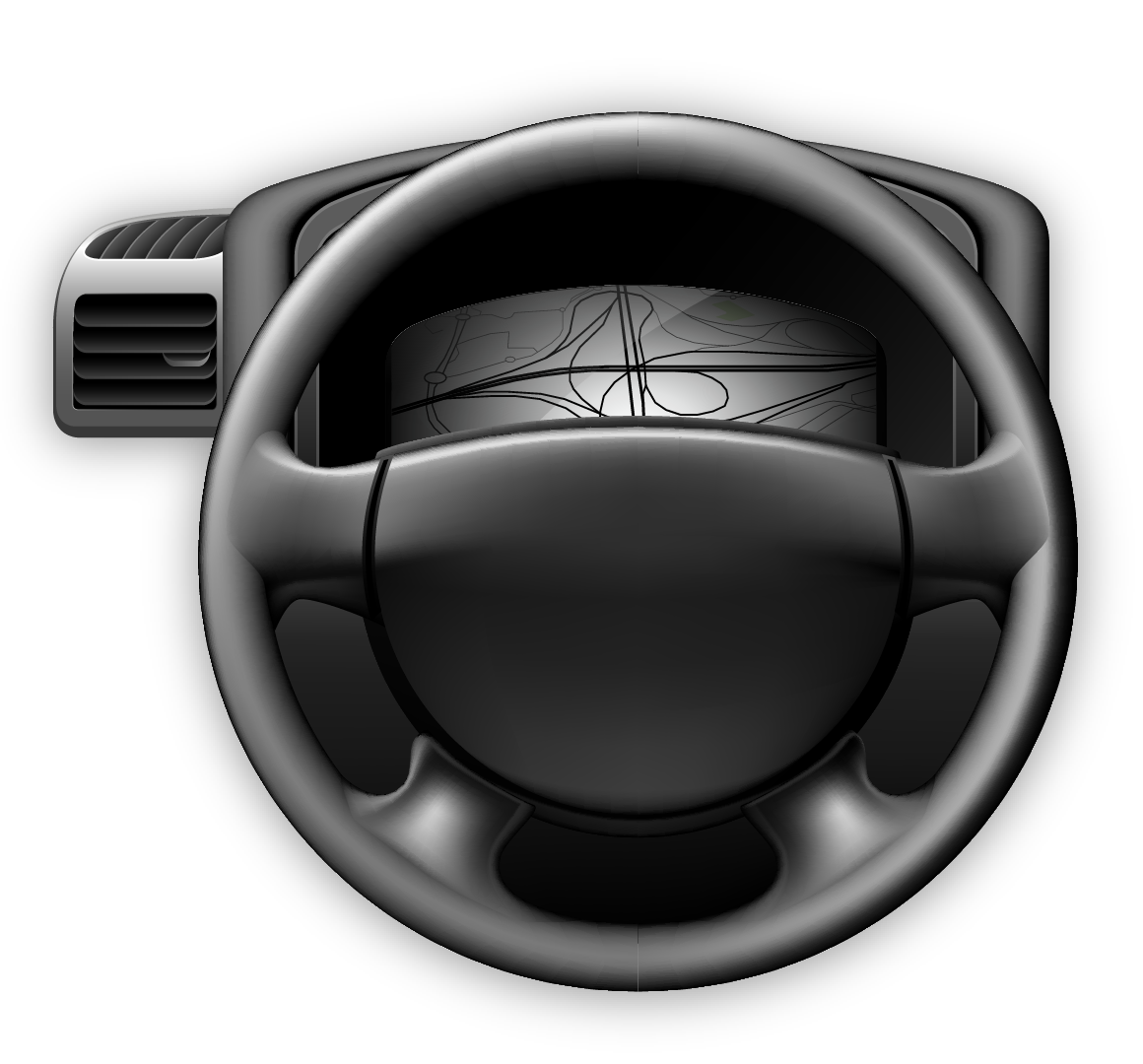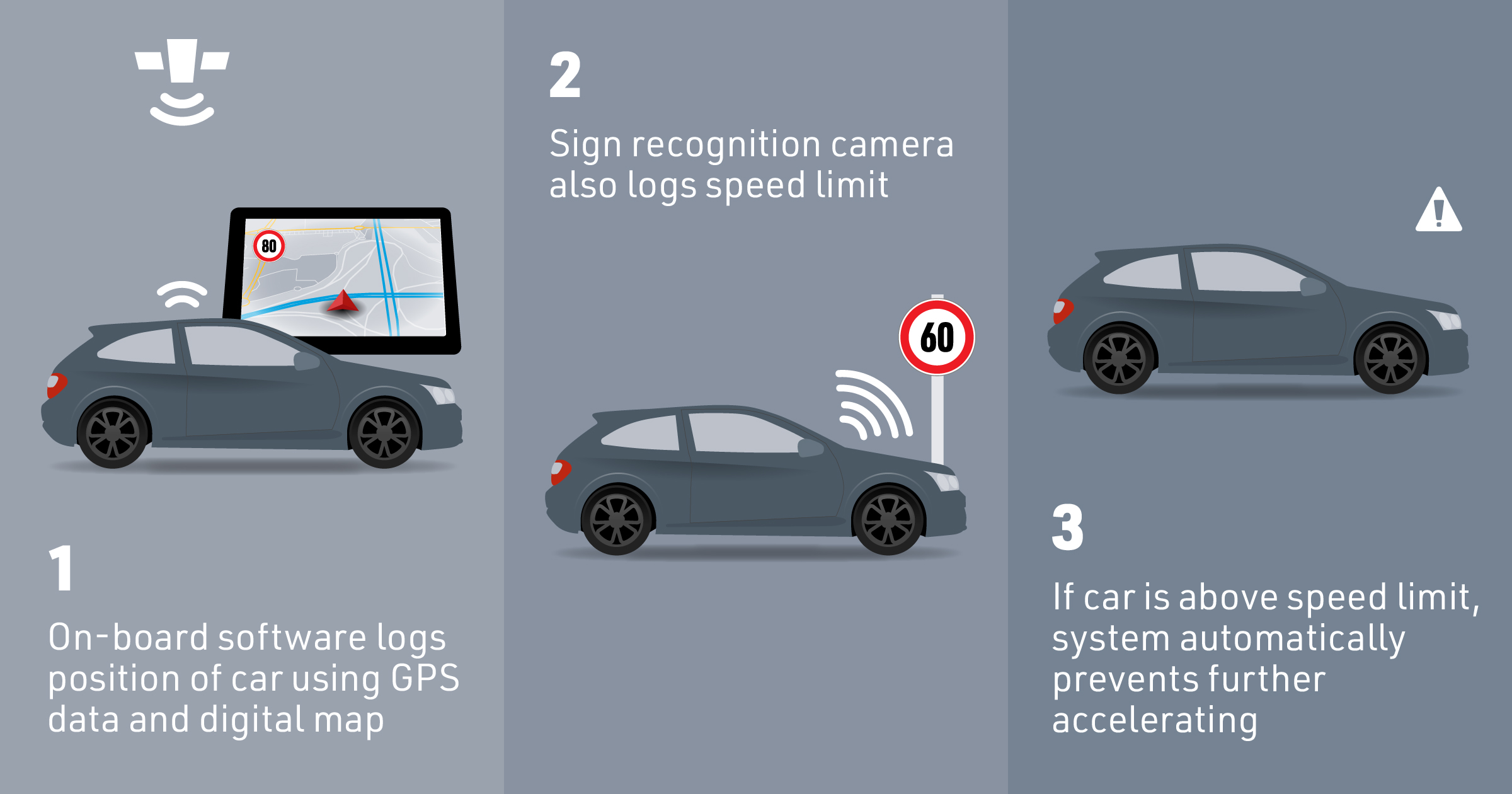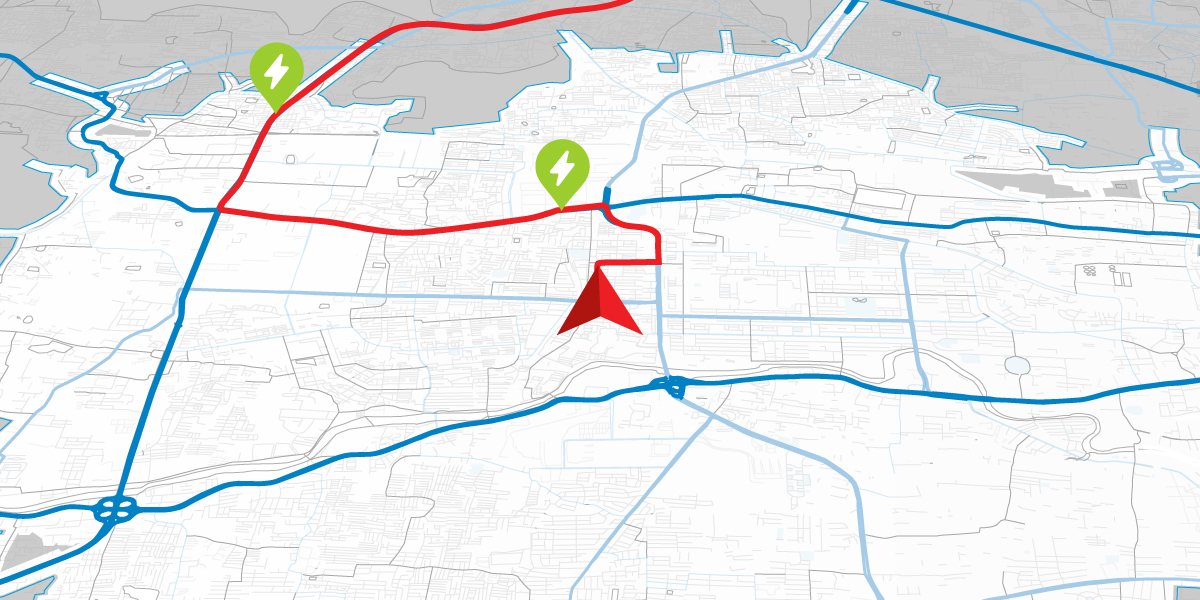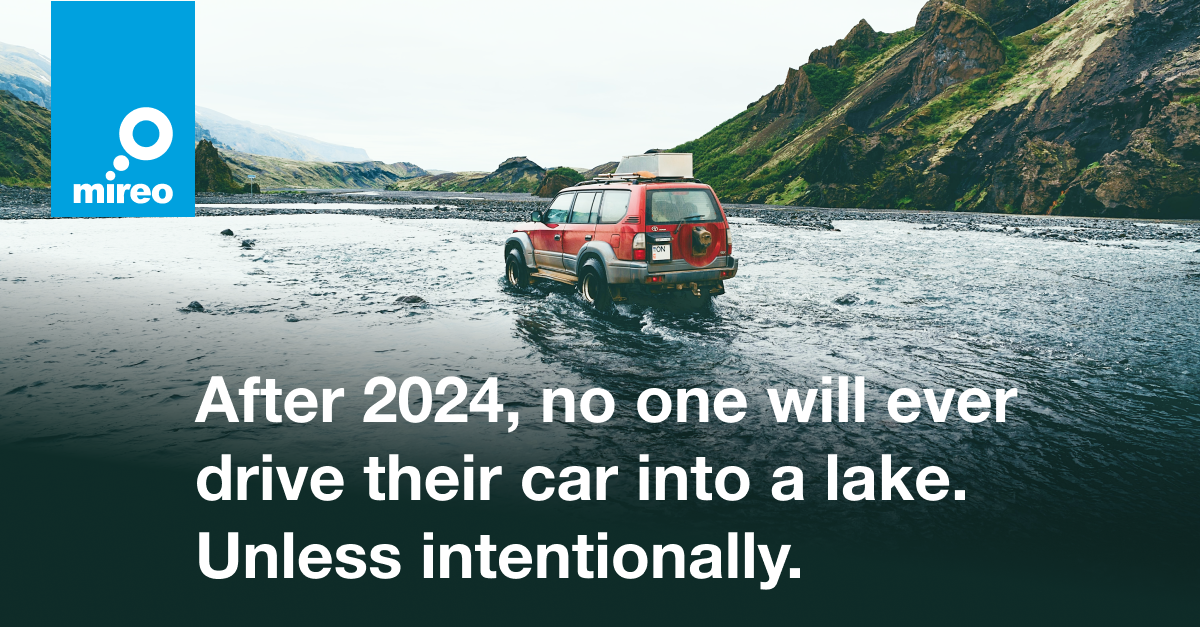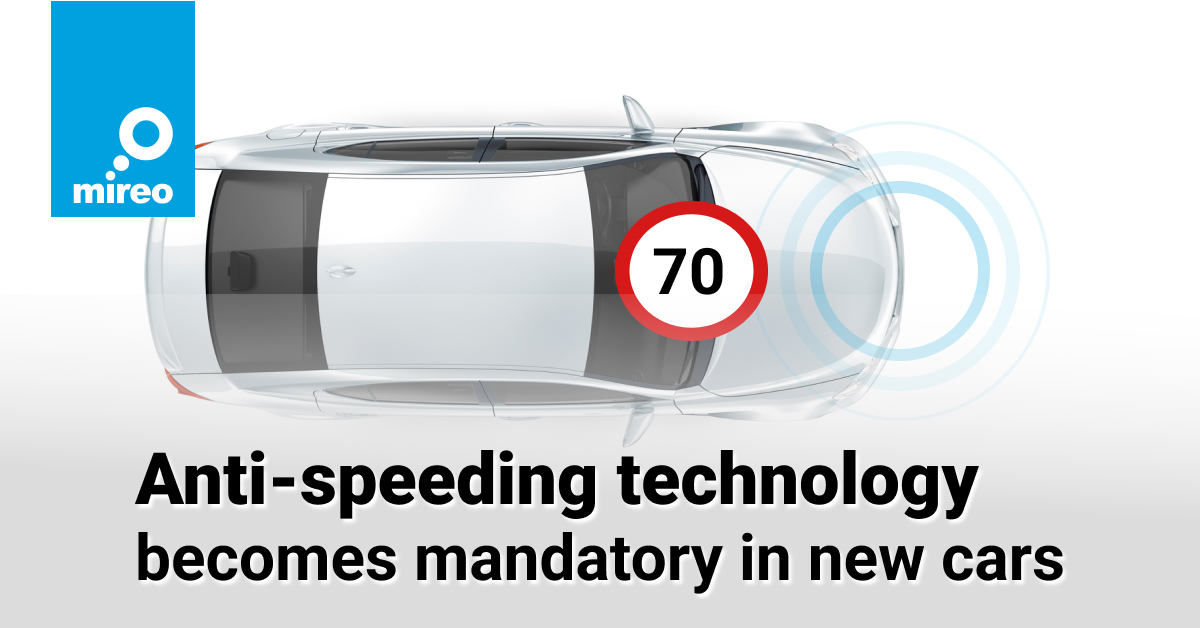Is embedded navigation losing its relevance in modern vehicles?
This is the question I get asked regularly when I tell someone where I work and what I do.
It certainly is a valid question from someone not familiar with the latest trends and developments in the automotive industry, especially considering freely available smartphone navigation applications.
Here we want to point out why we believe embedded navigation has never been more relevant and that there is a strong upward trend in embedding navigation in modern vehicles.
Navigation used to be available in the highest trims of most premium brands only just 20 years ago. Today, it is available as an option in most vehicles; buying a new family sedan without navigation seems very unlikely in 2021.
A smartphone equipped with a free online navigation application was certainly one of the driving forces in the general adoption of navigation as an everyday tool. However, using a smartphone navigation application is not always convenient; a phone needs to be mounted in a visible place, and it needs to be connected to a charger.
Embedded navigation offsets these problems and makes the navigation experience more pleasant. Integration with other vehicle systems makes it possible to show the map or just upcoming maneuver information on a digital cluster display or a head-up display. The level of integration with the vehicle's audio system cannot be matched by an app running on the smartphone. Technologies like Apple CarPlay and Android Auto came close but are still lagging in integration.
While it is likely that dominant companies like Apple and Google will try to close this integration gap, it will never be possible for them to close the gap completely. With the growing awareness of privacy issues, embedded navigation will become more attractive to customers that value their privacy. Car manufacturers are typically less focused on collecting user data (as opposed to smartphone apps), and it is more difficult to associate the data collected from a car with a specific person.
Embedded navigation is becoming a commodity. The driving forces behind this process are still in place, so it is likely to continue until embedded navigation is present in every new vehicle. The same transition from premium to commodity has happened with other non-essential and non-safety-related features like air conditioning or music playback.
